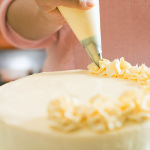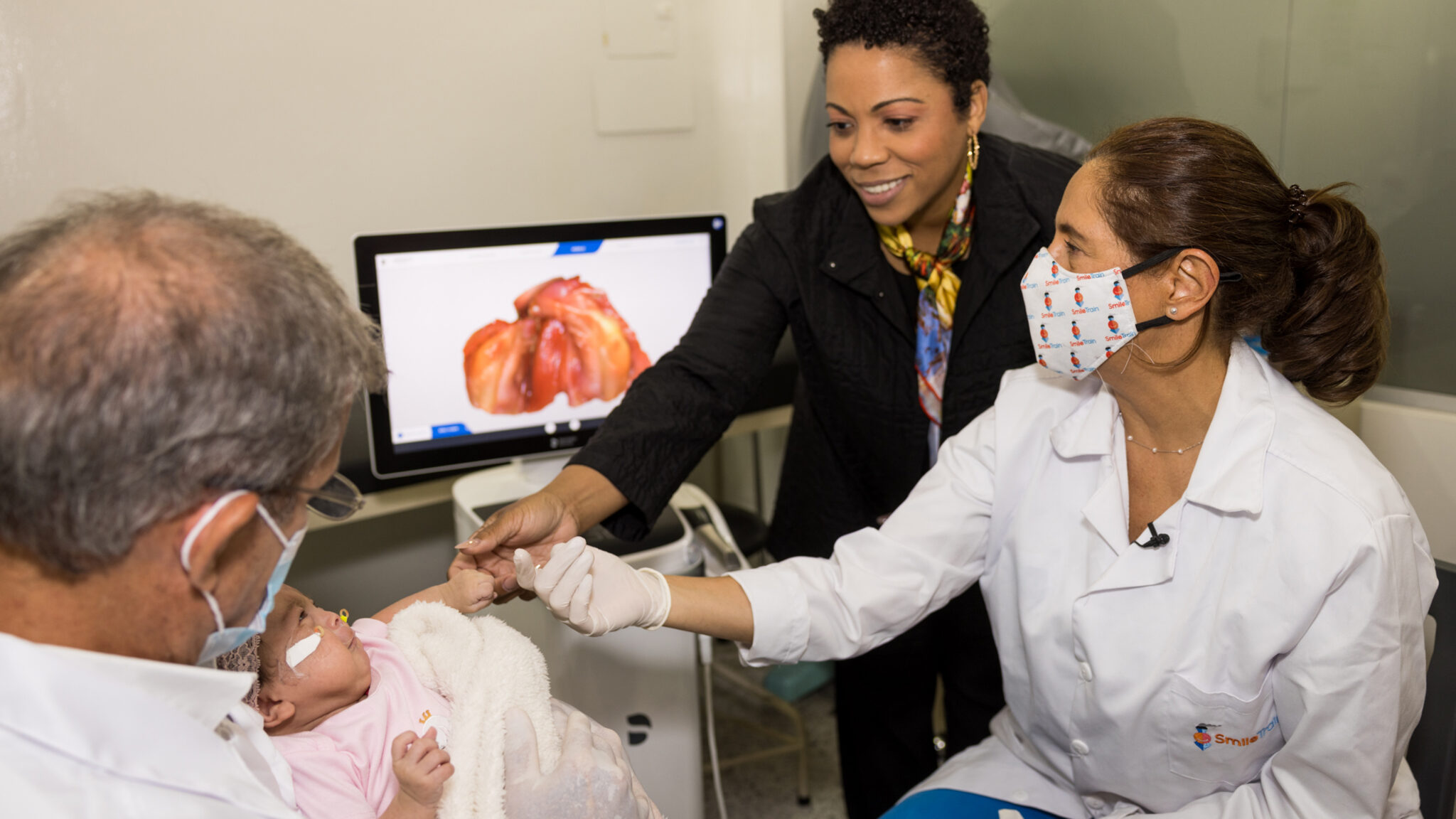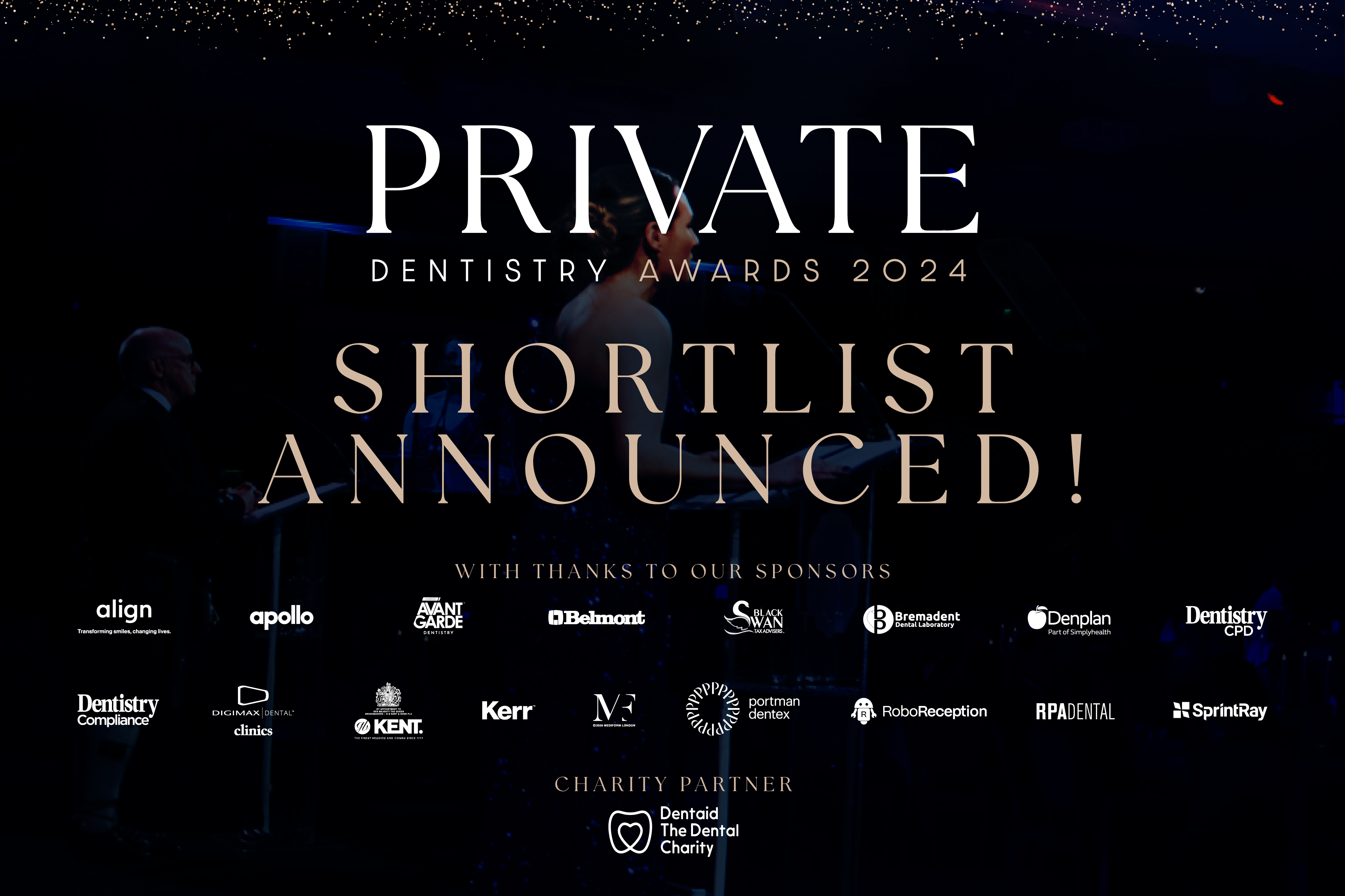If a passion for achieving excellence in oral health care defines a good hygienist, then having a strong team behind you is the icing on the cake. Robiha Nazir reveals her recipe for success.
A good hygienist is defined by the oral health his or her clientele receive. We are all excellent clinicians – thriving to do our best – but the crème de la crème are those dental professionals who carry this passion throughout the day, every day, in their approach to achieving their end goals for patients. However, without my team, I’d find it very hard to deliver the high standard of care I provide and, therefore, co-ordination and teamwork is top of the list in helping this happen.
Positive encouragement
Since the introduction of direct access in 2013, my working patterns are little changed. Every patient is assessed and asked appropriate questions – much as they always were. That said, direct access patients are more likely to be the ones who have not seen a dentist for many years.
I tell all my patients how important it is for them to have a good oral health regime in place – and how this helps with maintaining overall health. My preventative ethos is simple: good oral health equals good overall health.
My top tips to a hygienist starting out:
- Every team needs a driven hygienist – you are s/he
- Never lose your passion to go above and beyond
- Enjoy your career – it has so much to offer
- You’ll have good days and bad but keep going – the best are yet to come
- Remember to take breaks
- Surround yourself with like-minded people – enthusiasm is contagious!
All essentials
Once in the chair, together we go through some theory and I use visual aids that allow the patient to see what can happen if there is a lack of commitment to carrying out the essential care. We go through the patient’s current oral health habits and products used and then, where necessary, these are modified to fit their life and benefit their needs with practise in the patients mouth.
The hygiene appointment is carried out and any questions are answered at the end. Patients are given guidelines to follow and a review appointment is set in place with goals to achieve by that date.
Build on the good
There are countless tools used in educating the patient. I do not introduce these all at once as I find each has its time and place across appointments. Working with the patient’s current habits helps to motivate them to build on the good. Visual aids – such as mouth models, charts, photos, and X-rays – give the patient an insight into why committing to a strict regime will keep their dental bills low and their health in place for longer. The new Test Drive unit from Oral-B is fantastic.
For the first time, for those patients that forget to bring in their toothbrush, I can actually demonstrate how an electric toothbrush should be used in a patient’s own mouth so they can feel how it should be done, not just see the technique. I use a lot of evidence-based research during my hygiene sessions – it helps us to improve the way we perform our skills.
Top tips to parents looking after children’s oral health
- Avoid snacks between meals
- Any sugary food and drinks should be consumed at meal times to minimalise multiple acid attacks in the mouth
- To get children to brush for the correct duration, there are timers available to purchase from local dentists
- …however, as great as these can be for some children, for others it may be more fun to play their favourite music to motivate them
- Take children to see a hygienist to kickstart good habits from a young age.
Up to date
The introduction of disclosing tablets, floss and toothpaste, an electric toothbrush for those who already use one and for those that would benefit from one, the use of an alcohol-free mouthwash at a different time to brushing and a good tongue cleanser are are a few of many great products I recommend.
I only recommend products I have personally used and ones that I feel will make a real difference to a patient’s oral health. Oral-B toothpaste, for example, is great in that it contains stabilised stannous fluoride complex (not to be confused with earlier stannous fluoride formulations that had problems with staining).
Hand in hand with this has to be the Oral-B Triumph electric toothbrush. It is so easy for my patients to use and helps counter any technique shortfalls. Evidence-based research helps me make recommendations for my patients’ oral hygiene.
Call me a cynic, but I want to see the science before I put my name to it!
The post Crème de la crème appeared first on Dentistry.co.uk.
SOURCE: Dentistry.co.uk – Read entire story here.





